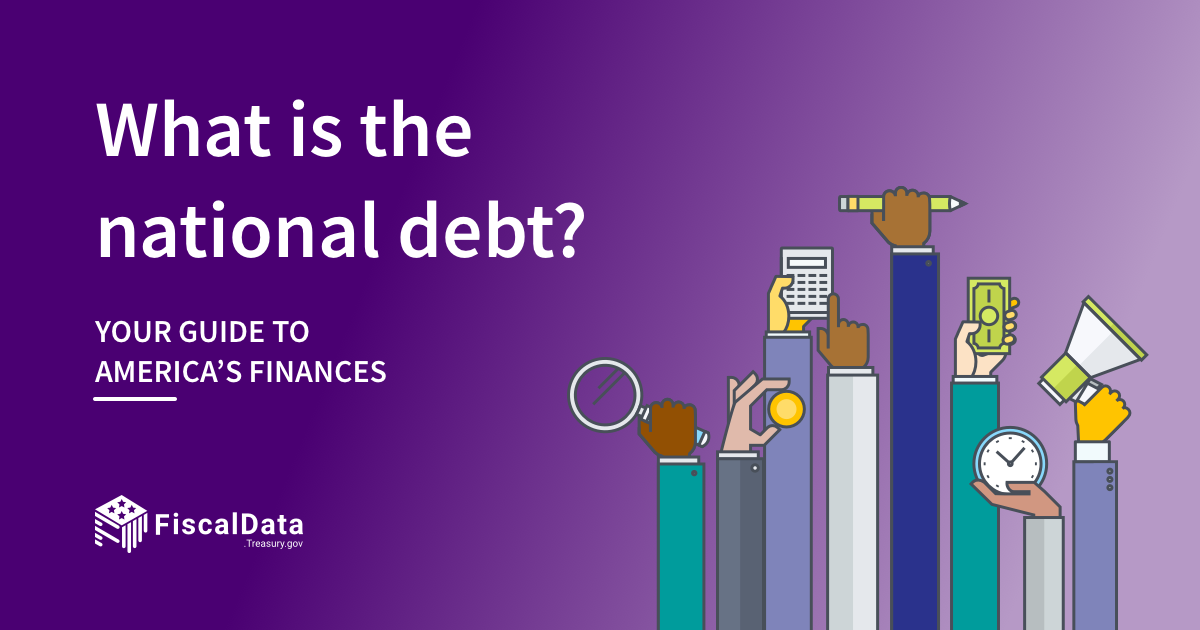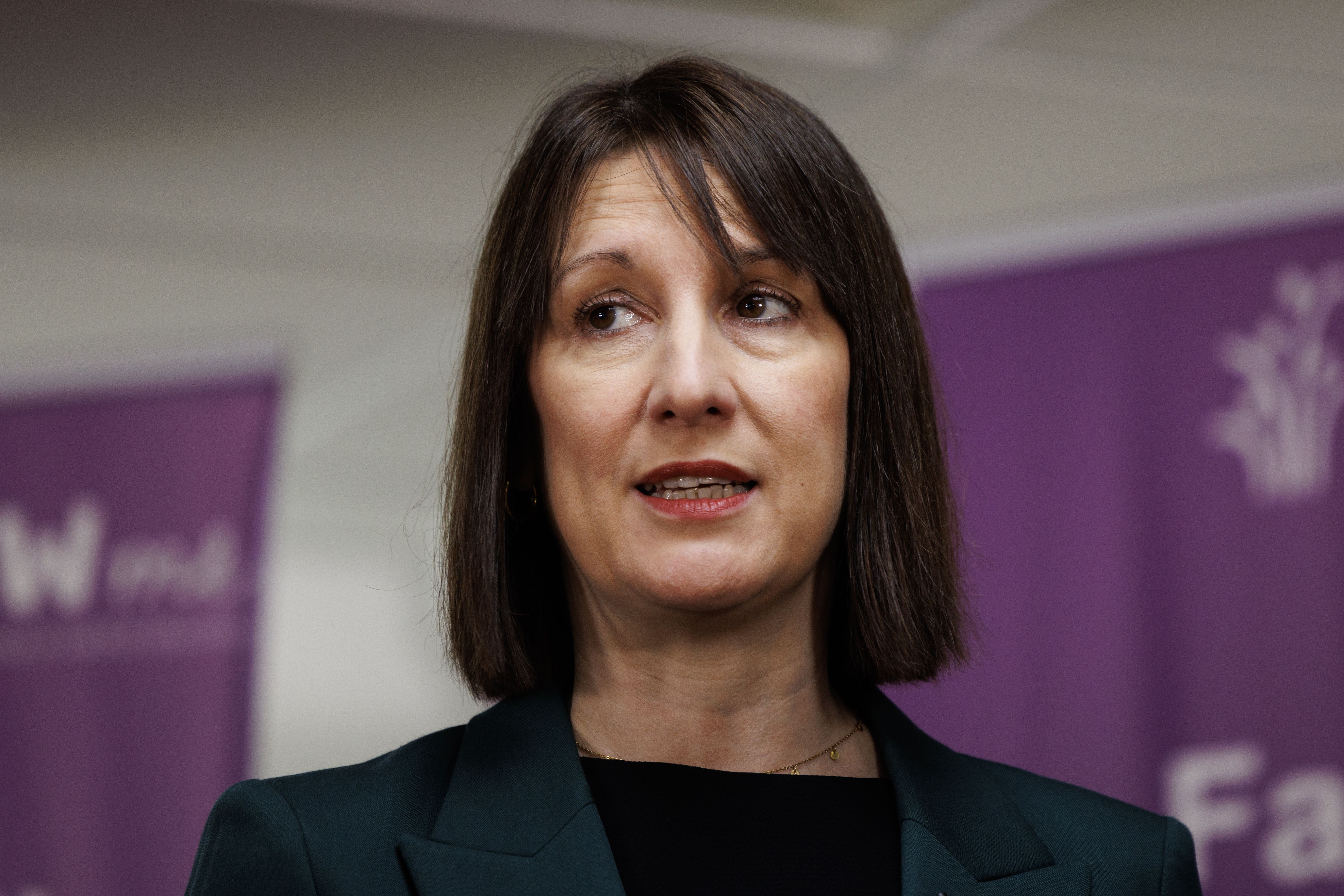The Weight of a Nation’s Burden: How Soaring Government Debt Affects Your Wallet and the Economy
As you go about your daily routine, it’s easy to overlook the financial undercurrents that shape our nation’s economic landscape. But the reality is, the rising tide of government debt is having a profound impact on every aspect of our lives – from the mortgage you’re paying on your home to the job you’re working hard to keep. The staggering numbers are alarming: trillions of dollars in debt, mounting interest payments, and a growing burden on future generations. In this article, we’ll delve into the consequences of this debt crisis and explore how it’s affecting your wallet, your employment prospects, and the overall economy. From the impact on mortgage rates to the potential for future tax hikes, we’ll break down the key issues and provide you with a clearer understanding of what’s at stake.
The Rising Tide of Government Debt: What It Means for You
The UK government’s borrowing costs continue to rise, hitting the highest level since the financial crisis. Ten-year bonds hit yields of 4.89 per cent today, the highest since 2008 when they topped 5 per cent. Bond yields rise when investors in government bonds, also called gilts, sell them and their prices fall. This has been happening as investors worry about Britain’s finances or decide to park their money elsewhere. It also comes amid worries over rising inflation.
Government Debt Costs: A Growing Concern
The sheer size of bond sales by both the UK recently is another factor in the rise of bond yields. Lindsay James, investment strategist at Quilter Investors, said that part of the rise is down to rising debt costs around the world. US 10-year government bonds are also on the rise, offering investors 4.68 per cent. What does this mean for mortgages and the broader economy?
The Impact on Mortgages: Higher Interest Rates Ahead
High government borrowing costs come amid fears that inflation is creeping up again, which could lead the Bank of England to keep rates on hold. Economists had previously expected the Bank of England base rate, which is currently at 4.75 per cent, to start slowly falling, perhaps to as low as 3 per cent by the end of this year. But the central bank is likely to want to hold off on more cuts if inflation starts to rise again, even though economic growth is flatlining.
The Broader Economic Implications: Tax, Spending, and the Pound
As well as suggesting costlier borrowing for households, expensive government debt costs the Treasury more in interest payments, potentially meaning less spending on other projects or more tax is needed. Ms James said that whilst higher debt costs “will undoubtedly cut into Rachel Reeves’ already limited budgetary headroom, the likelihood of further tax rises in the coming months seems slim.”
Global Factors: Rising Debt Costs Around the World
Rising debt costs are not unique to the UK. Around the world, governments are facing rising debt costs, leading to higher borrowing costs for households and businesses. This has significant implications for the global economy and trade.
The Impact on Mortgages: Higher Interest Rates Ahead
Holding back on rate cuts: The Bank of England’s dilemma. Analysis of the Bank of England’s decision-making process on interest rates. Examination of the potential consequences of holding back on rate cuts.
Holding Back on Rate Cuts: The Bank of England’s Dilemma
The Bank of England’s decision to hold back on rate cuts is a complex one. On the one hand, the central bank wants to support economic growth by keeping interest rates low. On the other hand, rising inflation and higher government debt costs make it difficult to cut rates further.
Higher Interest Rates: A Challenge for Homebuyers
Higher interest rates make it more expensive for homebuyers to borrow money. This could lead to a decrease in demand for mortgages, making it harder for people to buy homes.
The Broader Economic Implications: Tax, Spending, and the Pound

The cost of borrowing: Higher debt costs for the Treasury. Examination of the impact of higher debt costs on the Treasury’s budget. Analysis of the potential consequences of increased borrowing costs.
The Cost of Borrowing: Higher Debt Costs for the Treasury
The Treasury’s budget is heavily influenced by interest payments on government debt. Higher debt costs mean that the Treasury will have to spend more on interest payments, potentially reducing the amount available for other spending.
Spending Cuts or Tax Rises: The Government’s Dilemma
The government is facing a difficult decision: to cut spending or raise taxes to address the rising debt costs. This decision will have significant implications for the economy and households.
Government Debt Costs: A Growing Concern

The sheer size of bond sales by both the UK recently is another factor in the rise of bond yields. Lindsay James, investment strategist at Quilter Investors, said that part of the rise is down to rising debt costs around the world. US 10-year government bonds are also on the rise, offering investors 4.68 per cent.
The Sheer Size of Bond Sales: A Challenge for the Government
The government’s decision to sell a large amount of bonds has led to a rise in bond yields. This is because investors are selling their bonds, causing prices to fall and yields to rise.
Global Factors: Rising Debt Costs Around the World

Rising debt costs are not unique to the UK. Around the world, governments are facing rising debt costs, leading to higher borrowing costs for households and businesses. This has significant implications for the global economy and trade.
Rising Debt Costs Around the World
- Rising debt costs in the US
- Rising debt costs in the EU
- Rising debt costs in emerging markets
This global trend has significant implications for the UK economy and households. Higher borrowing costs will make it more expensive for people to borrow money, potentially reducing demand for mortgages and other forms of credit.
The National Debt: A Growing Concern
The U.S. has carried debt since its inception. Debts incurred during the American Revolutionary War amounted to $75 million, primarily borrowed from domestic investors and the French Government for war materials.
The National Debt Explained
The national debt is the accumulation of borrowing by the federal government to cover the outstanding balance of expenses incurred over time. It is similar to a person using a credit card for purchases and not paying off the full balance each month.
The Cost of Borrowing: Higher Debt Costs for the Treasury
The Treasury’s budget is heavily influenced by interest payments on government debt. Higher debt costs mean that the Treasury will have to spend more on interest payments, potentially reducing the amount available for other spending.
The Impact of Higher Debt Costs on the Treasury’s Budget
Higher debt costs will reduce the amount available for other spending, potentially leading to cuts in public services and infrastructure projects.
Spending Cuts or Tax Rises: The Government’s Dilemma
The government is facing a difficult decision: to cut spending or raise taxes to address the rising debt costs. This decision will have significant implications for the economy and households.
Spending Cuts or Tax Rises
- Spending cuts
- Tax rises
The government will have to weigh the potential consequences of each option, considering the impact on the economy, households, and the national debt.
The Value of the Pound: A Sinking Feeling
The value of the pound has fallen against the dollar, making imports more expensive and potentially leading to higher inflation. This has significant implications for the economy and households.
The Impact of a Falling Pound on the Economy
A falling pound makes imports more expensive, potentially leading to higher inflation and a decrease in consumer spending.
Conclusion
The Unsettling Reality of Rising Government Debt
As we conclude our exploration of the far-reaching consequences of rising government debt, it’s clear that the implications are nothing short of seismic. From mortgages to employment, the economy as a whole is at risk of being severely impacted by the unsustainable burden of government borrowing. Our analysis has revealed that skyrocketing debt levels could lead to increased mortgage rates, which would not only make homeownership more expensive but also perpetuate the wealth gap. Meanwhile, the strain on public finances could result in reduced government spending on essential services, ultimately affecting job creation and economic growth.
The significance of this issue cannot be overstated. With governments worldwide struggling to contain debt, the consequences of inaction will only intensify. Rising interest rates, stagnant economic growth, and potential social unrest are just a few of the dire scenarios that loom on the horizon. It’s imperative that policymakers and citizens alike grasp the gravity of this situation and work together to find sustainable solutions. As we look to the future, it’s essential to recognize that the choices made today will shape the economic landscape for generations to come.
The reality is stark: the rising tide of government debt is a ticking time bomb that threatens to upend the very fabric of our economy. As citizens, it’s imperative that we demand transparency, accountability, and bold action from our leaders. The future of our economic security, and indeed our very way of life, depends on it. Will we rise to the challenge, or will we succumb to the weight of unsustainable debt? The choice is ours, and the clock is ticking.

